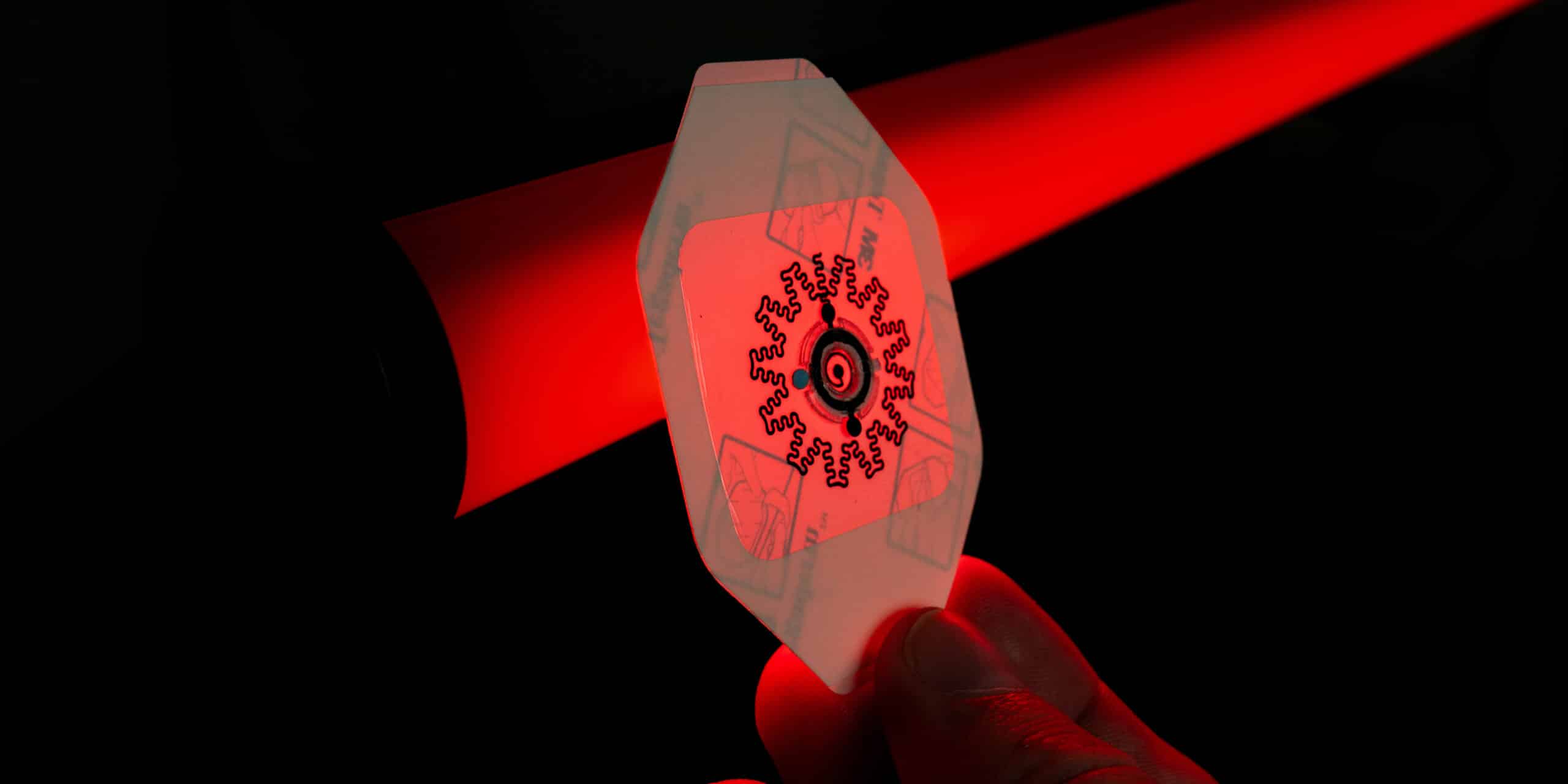Ultrasounds may be used to detect signs of preterm labor

Dr. Marie Muller, an assistant professor of mechanical engineering, and a team of researchers worked alongside the Institut Langevin and Paris-Descartes University in France to conduct a proof-of-concept study that raises the possibility of using ultrasound techniques to detect cervical stiffness changes that indicate an increased risk of preterm labor in pregnant women.
Premature births can result in low birth weights and other medical problems for newborns, but there are steps that doctors can take to reduce the chances of premature birth if early warning signs are detected. One of these early symptoms is the softening of the cervix, which can be assessed by doctors manually palpating the cervix.
“But that’s a subjective measure, and we wanted to determine if ultrasound could be used to quantitatively assess how stiff the cervix is – and, by extension, whether a woman is at risk of going into labor prematurely,” said Muller.
Muller and her colleagues decided to try a technique called shear wave elastography (SWE), which was developed to assess tissue stiffness for cancer diagnosis. They reasoned that if SWE worked for detecting changes in other body tissues, it might also work for detecting changes in the cervix.
In SWE, stiffness is measured based on how fast a mechanical shear wave propagates through the tissue. What the researchers found was that if the wave was more than one meter per second below the baseline for a woman’s gestational age, or how far along she is in her pregnancy, the woman was more likely to have a preterm birth.
Working with a maternity hospital in Paris, the researchers did SWE measurements of 157 pregnant women who were already scheduled for ultrasounds. The researchers then followed each patient’s pregnancy and determined that patients between 24 and 35 weeks pregnant who had below average cervical stiffness were at higher risk of going into preterm labor.
“This work is only a first step,” Muller says. “We know the technique is reproducible. We know we can measure these changes in cervical stiffness. However, we need to do a longitudinal study that follows patients throughout pregnancy. That would give us a better understanding of how cervical stiffness changes over the course of pregnancy — and that would help us determine which changes are likely indicative of early onset labor.”
Muller also notes that, while the SWE technique uses high-end ultrasound equipment, the equipment can be used for normal prenatal examinations as well as SWE assessments of cervical stiffness, which would possibly mitigate any additional cost.
Return to contents or download the Spring/Summer 2016 NC State Engineering magazine (PDF, 3MB).
- Categories:


